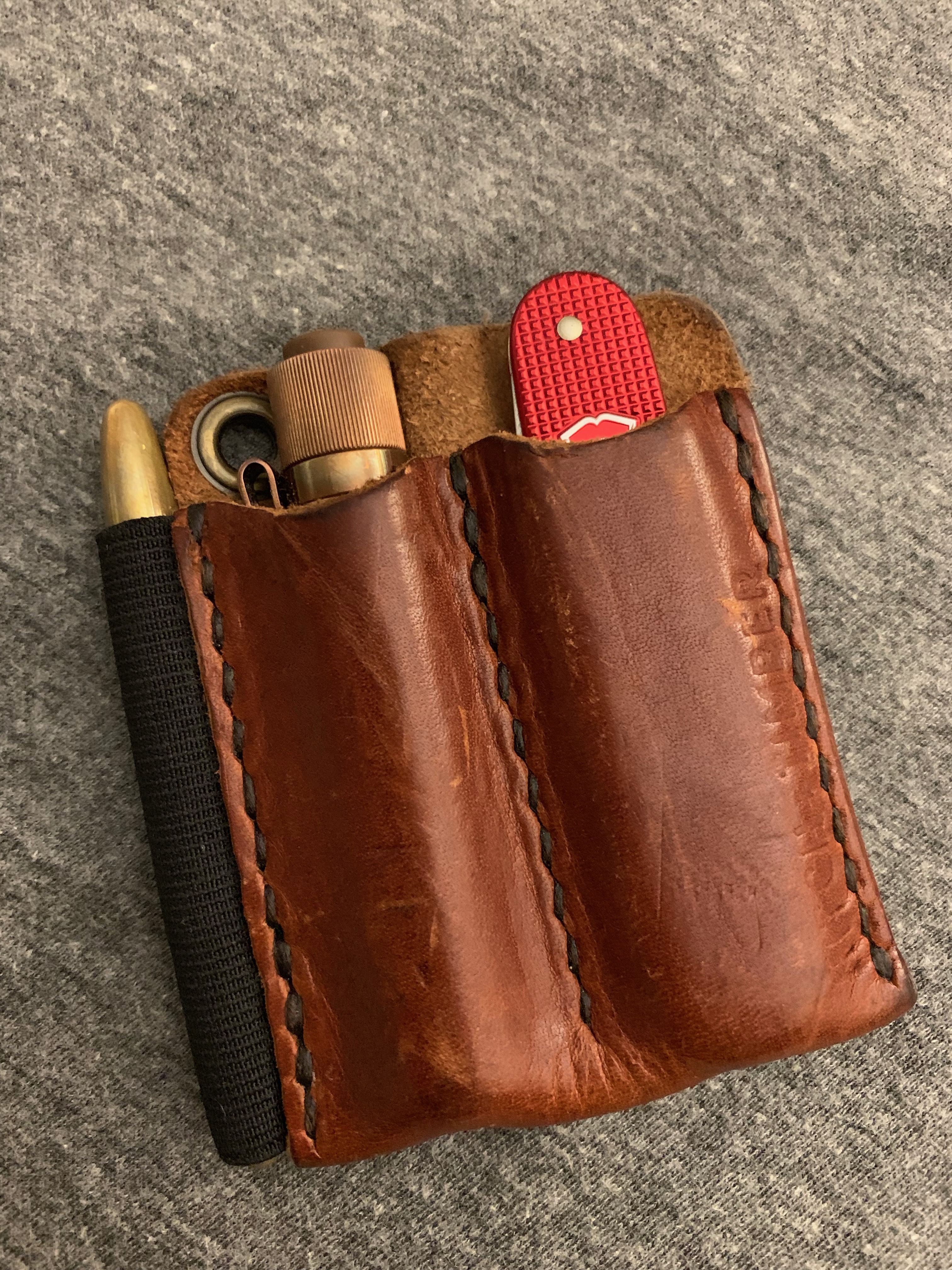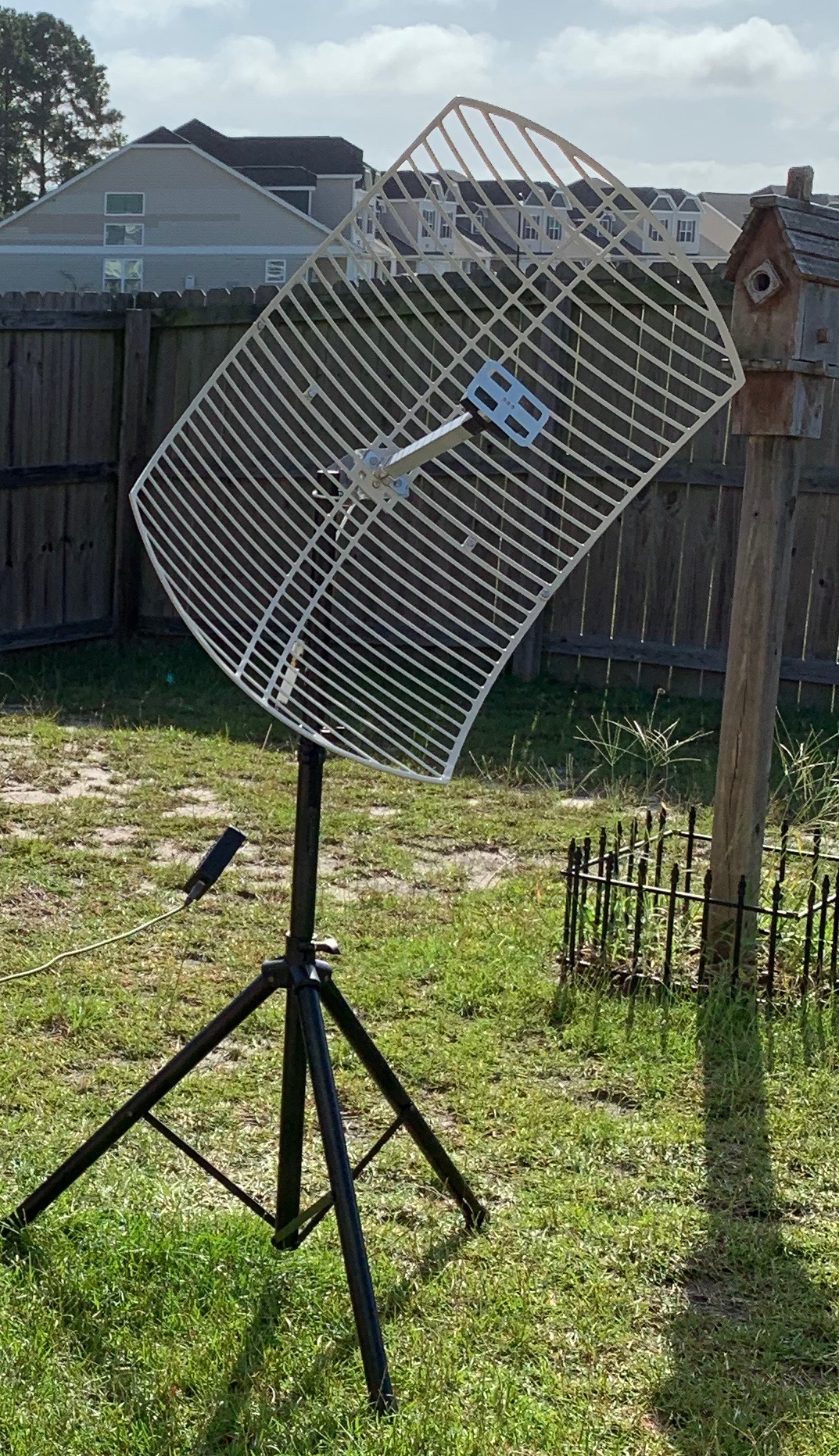Sorry about the misleading Subject Line. I am NOT a man of tactics. And while I work and deploy with the USMC as a DOD Civilian I haven’t learned a damn thing from them. I’m not tactical. I could not sneak up on you with a cup of coffee.
If you wake up in an awful place like Iraq or Afghanistan it is very comforting to know that most of the people inside your base are US Marines. I’ve had no desire to be a wannabe tactical guy. Always been happy to let the paid pros take care of the tactics.
But I do like to hike, and I do like to camp and living in an area known to catch a few hurricanes it is only smart to have a certain level of preparedness. Much of being prepared involves having equipment that is tried and tested in the field by people WHO HAVE TRIED AND TESTED IT IN THE FIELD.
And I guess that’s how the term “tactical” gets tossed around. No matter. Contrary to the fact that I didn’t want to learn anything while buying all this cool gear I ended up learning LOTS of things. One term that keeps creeping up is Every Day Carry (EDC). EDC is also about being ready for things, or it is about having the tools at your disposal, on your person, that you would use in your day to day tasks.




 I’ve never really done flashlights before. About a year or so ago I realized I had one crap flashlight at home. Bought some inexpensive but good flashlights on Amazon and kind of caught the flashlight fever. Also I started going camping and without a doubt you need a good flashlight walking around in the woods or for when the campsite power goes off (It will).
I’ve never really done flashlights before. About a year or so ago I realized I had one crap flashlight at home. Bought some inexpensive but good flashlights on Amazon and kind of caught the flashlight fever. Also I started going camping and without a doubt you need a good flashlight walking around in the woods or for when the campsite power goes off (It will).


